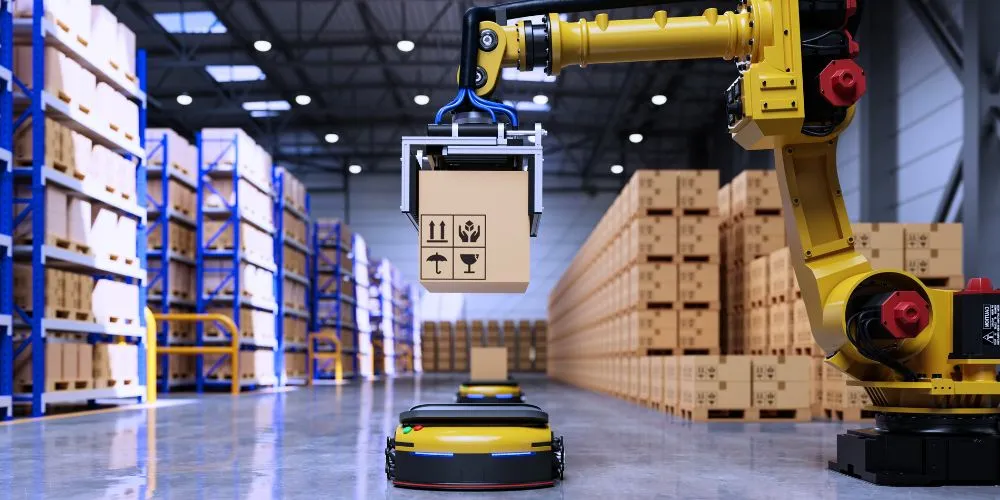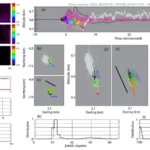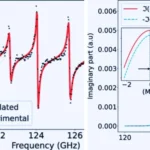Key Points:
- MIT researchers introduce a collision-free motion planning technique for robots, ensuring trajectories remain safe with 100 percent accuracy.
- The method utilizes sum-of-squares programming to generate mathematical proofs swiftly, discriminating between trajectories differing by millimeters.
- Unlike traditional safety check algorithms prone to false positives, MIT’s technique offers rapid and precise collision avoidance.
- While currently too slow for real-time implementation, researchers aim to optimize the process for faster performance.
MIT researchers have developed a groundbreaking safety check technique for robot motion planning. The innovative method, leveraging sum-of-squares programming, ensures with 100 percent accuracy that a robot’s trajectory remains collision-free. It distinguishes itself by providing mathematical proof in seconds, even discriminating between trajectories differing by millimeters.
Safety checks are crucial in robotics to prevent collisions, especially when robots move rapidly in crowded spaces. The new technique’s precision makes it well-suited for intricate tasks in confined environments, such as food preparation robots in commercial kitchens or home health robots caring for frail patients.
The researchers addressed the challenge of false positives in safety check algorithms, which are common in existing methods. Many algorithms simulate trajectories and check for collisions every few seconds, lacking the ability to predict intermediate collisions. The MIT team’s technique generates a hyperplane function that moves with the robot, proving the trajectory’s collision-free nature rather than assessing safety one hyperplane at a time.
Sum-of-squares programming typically considered heavy optimization for offline use, was adapted to solve the safety check problem efficiently. The algorithmic toolbox transforms the static problem into a function, creating an equation describing the hyperplane’s location at each point in the planned trajectory.
The sum-of-squares function is a sum of squared values, always producing positive results. This simplicity allows humans to double-check the safety proof quickly by verifying the presence of squared values, ensuring collision-free trajectories.
While the method certifies with perfect accuracy, it relies on an accurate model of the robot and environment. The researchers emphasized the ease of interpreting the proofs, enabling users to verify results independently without complete trust in the coding.
Testing the technique in simulation, the researchers certified complex motion plans for robots with one and two arms, demonstrating its efficiency. Although currently too slow for real-time implementation in a robot’s motion planning loop, the team aims to accelerate the process by focusing on specific situations requiring safety checks and exploring faster optimization solvers.










